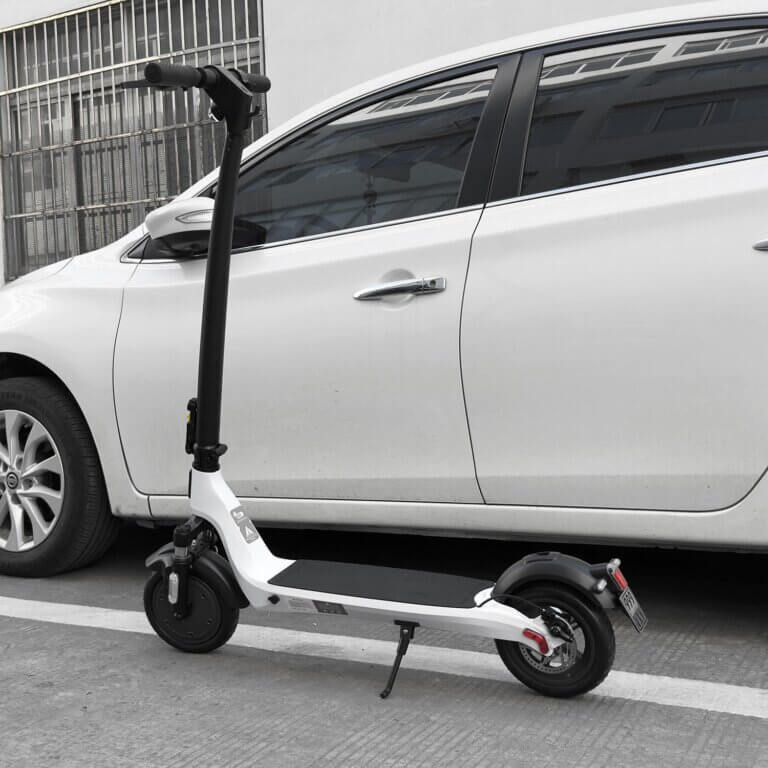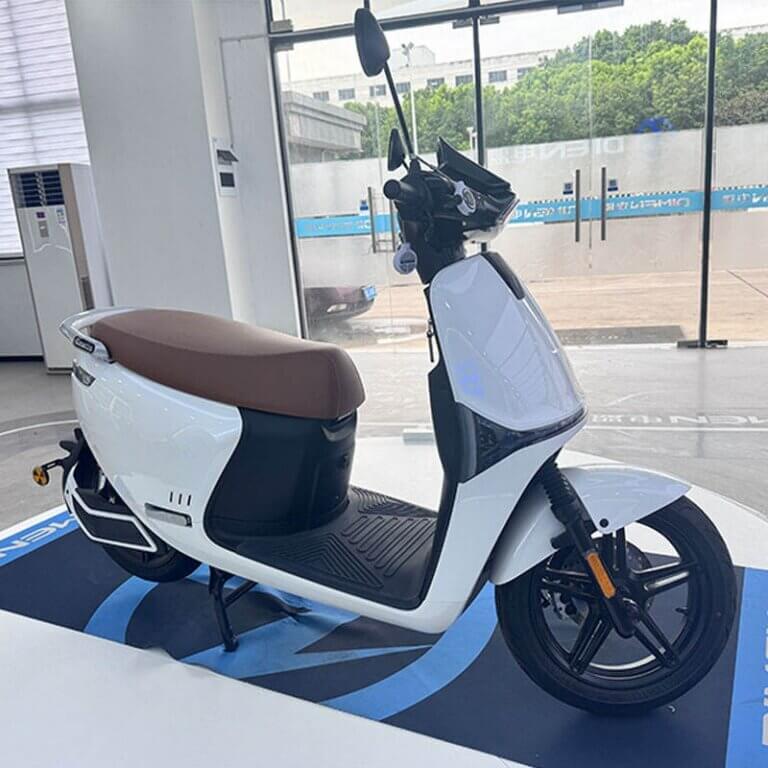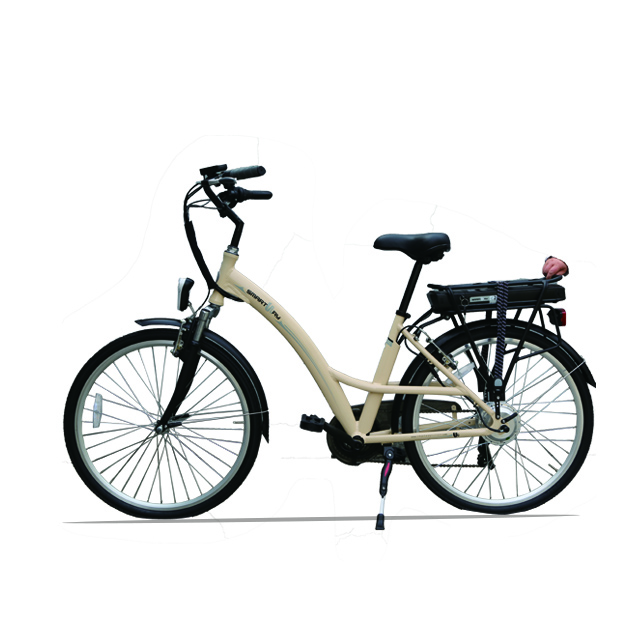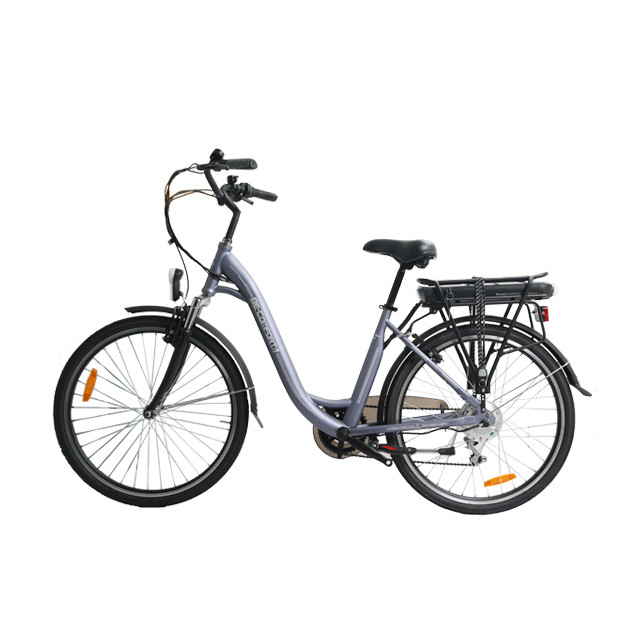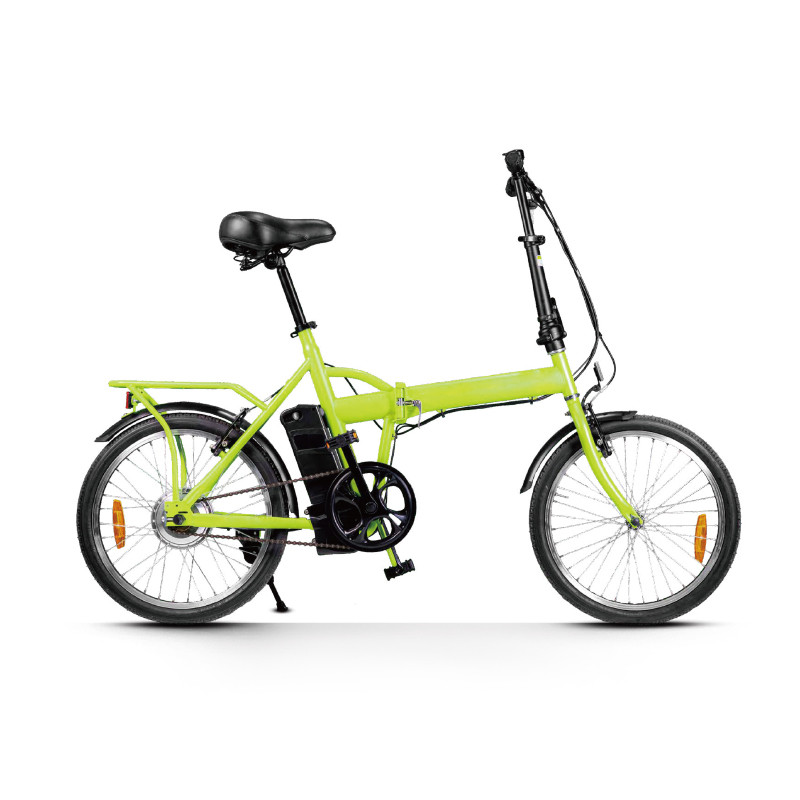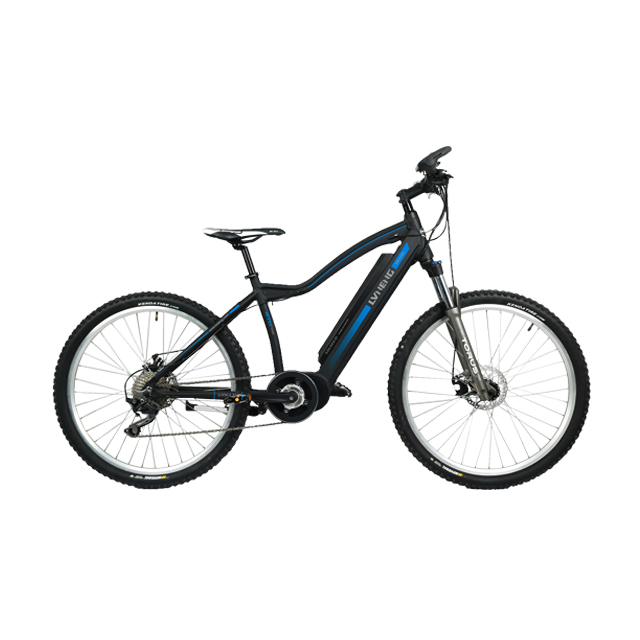-
414 Block B, ZT Times Plaza, Wuhan, Hubei, China
Blog
e-Scooters In Public Transport Integration: Trends
Summary
E-scooters, a rapidly growing mode of transportation, have become integral to urban mobility strategies worldwide, particularly as cities seek sustainable solutions to transportation challenges. Emerging primarily in the 2010s, the rise of shared e-scooter services coincided with advances in lithium-ion battery technology, allowing for more efficient and accessible micro-mobility options. Companies like Bird and Lime led the charge in urban centers across the United States and Europe, responding to a rising demand for flexible transport solutions that address the first and last mile of commuting. Despite their popularity, the integration of e-scooters into public transport systems has sparked notable debates concerning safety, regulatory frameworks, and the environmental impacts of this new mode of transport.
The integration of e-scooters with public transit has gained momentum as cities strive for seamless mobility options. Studies suggest that linking e-scooters with public transportation enhances connectivity and mitigates issues such as traffic congestion and carbon emissions. However, this integration is not without challenges; concerns over rider safety, pedestrian interactions, and the need for dedicated infrastructure have prompted cities to adapt their regulatory frameworks. For example, some jurisdictions have implemented geofencing technologies to manage where e-scooters can operate, addressing safety and traffic flow issues.
Technological advancements have further supported the evolution of e-scooters, introducing features like GPS tracking and IoT capabilities to enhance user experience and operational efficiency. These innovations, along with ongoing discussions about sustainable urban mobility, emphasize the importance of integrating e-scooters into existing transport systems. As urban populations grow and the demand for eco-friendly transportation options increases, e-scooters present a viable solution, albeit one that requires careful consideration of safety measures and infrastructure planning.
While e-scooters offer potential benefits, including reduced carbon footprints and greater urban accessibility, ongoing debates about their role in public transport highlight the need for thoughtful policies and regulations. Addressing safety concerns, managing public perceptions, and optimizing infrastructure are crucial to maximizing the advantages of e-scooter integration while minimizing drawbacks such as accidents and urban clutter. As cities continue to explore innovative mobility solutions, the future of e-scooters will hinge on balancing user convenience with public safety and environmental stewardship.
History of E-Scooters
E-scooters, as a mode of transportation, have their origins tracing back to the early 20th century, but the modern phenomenon of shared e-scooters began to take shape in the early 1990s with the introduction of lithium-ion battery technology, which enabled more efficient and lightweight electric vehicles. The widespread adoption of e-scooters occurred in the 2010s, particularly in urban settings where shared mobility services gained traction. California emerged as a pioneering region in the United States, being home to several of the first companies that launched shared e-scooter services, including Bird and Lime. The rapid rise of these companies highlighted the growing demand for micro-mobility solutions, leading to significant investments and infrastructure development in various cities across the nation.
The popularity of e-scooters skyrocketed in the U.S. starting in 2017, where cities like San Francisco and Los Angeles saw the usage of e-scooters triple within a short span of five months. This surge in adoption also extended to Europe, where trials were conducted in countries such as the UK, Germany, and France, paving the way for a broader acceptance of e-scooters as a viable transport option. Despite their rapid growth, the UK has been unique in its regulatory stance; private e-scooters remain illegal on public roads, and trials have been primarily organized through public hire schemes to assess their feasibility and safety in urban contexts.
The early business models for e-scooter services relied heavily on venture capital funding, which fueled aggressive market expansion. Companies started exploring various strategies to achieve profitability as the market matured, including optimizing operational efficiency and diversifying revenue streams. As cities began to recognize the potential of e-scooters in alleviating congestion and offering sustainable transport options, the regulatory landscape evolved, addressing concerns related to safety, riding locations, and operational guidelines.
Today, e-scooters continue to play a critical role in urban mobility discussions, where their impact on transport equity, environmental sustainability, and road safety remains under scrutiny as they integrate further into public transport systems.
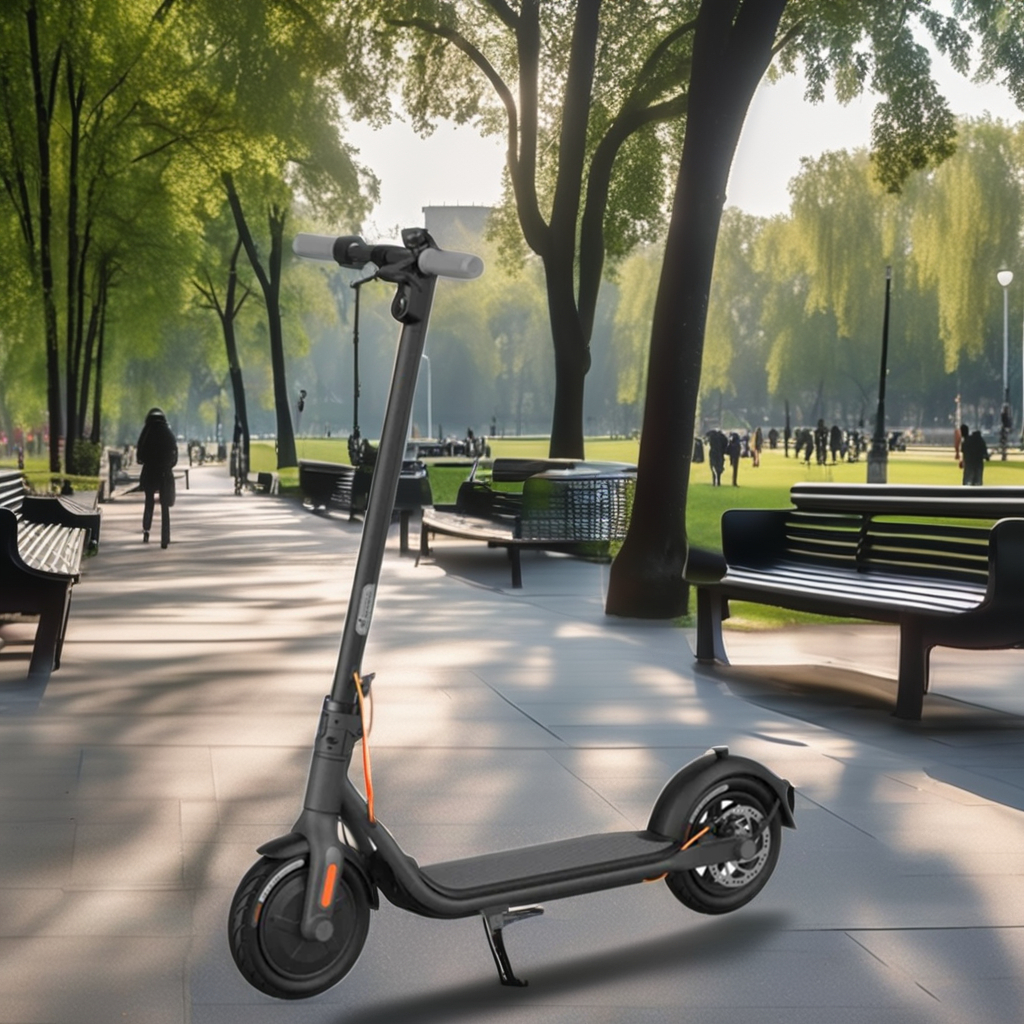
Current Trends in E-Scooter Integration
E-Scooter as a Last-Mile Solution
Electric scooters are increasingly recognized as an effective solution for addressing last-mile transportation challenges in urban environments. Traditionally, commuters have relied on cars, buses, or taxis to navigate the final leg of their journeys. However, these methods often exacerbate issues such as traffic congestion, rising fuel prices, and environmental concerns. E-scooters offer a more flexible, convenient, and sustainable alternative for short-distance travel, effectively bridging the gap between public transportation hubs and final destinations.
Integration with Public Transit
The integration of e-scooters with public transit systems is gaining momentum as cities seek to create seamless mobility options for residents. Studies indicate that combining shared e-scooter services with existing public transportation can address the first/last-mile challenge, ensuring better connectivity and enhancing overall urban mobility. Key strategies for successful integration include establishing physical links between cycle lanes and transit stations, as well as promoting partnerships between public transport agencies and micromobility operators to streamline service offerings.
Sustainable Urban Mobility
Research underscores the potential of e-scooters to contribute positively to urban sustainability efforts. A study by the Laboratory for Sustainability in Technology has shown that optimizing the operational efficiency of e-scooters can lead to significant improvements in their greenhouse gas emissions profile. This has sparked discussions around the environmental impact of e-scooter sharing services and their role in reducing urban congestion and pollution. As the market matures, e-scooter companies are also exploring diverse business models, including personal ownership and long-term rentals, which could mitigate some challenges associated with shared services.
Technological Advancements
The integration of smart technologies into e-scooter systems is enhancing user experience and operational efficiency. Features such as GPS tracking, mobile app connectivity, and Internet of Things (IoT) capabilities allow users to easily locate and rent scooters, while enabling operators to monitor battery levels and maintenance needs in real-time. Furthermore, ongoing product research focuses on developing durable and weather-resistant scooters, alongside innovations in safety features and ride stability.
Regulatory Considerations
As cities navigate the growth of e-scooter services, regulatory frameworks are evolving to ensure safety and integration within existing transport systems. For instance, some jurisdictions have implemented geofencing technologies to restrict scooter operation in specific areas, thereby addressing safety concerns and managing traffic flow. Moreover, collaborative efforts among cities, transit agencies, and micromobility companies are being encouraged to create effective solutions that enhance urban mobility while meeting public safety standards.
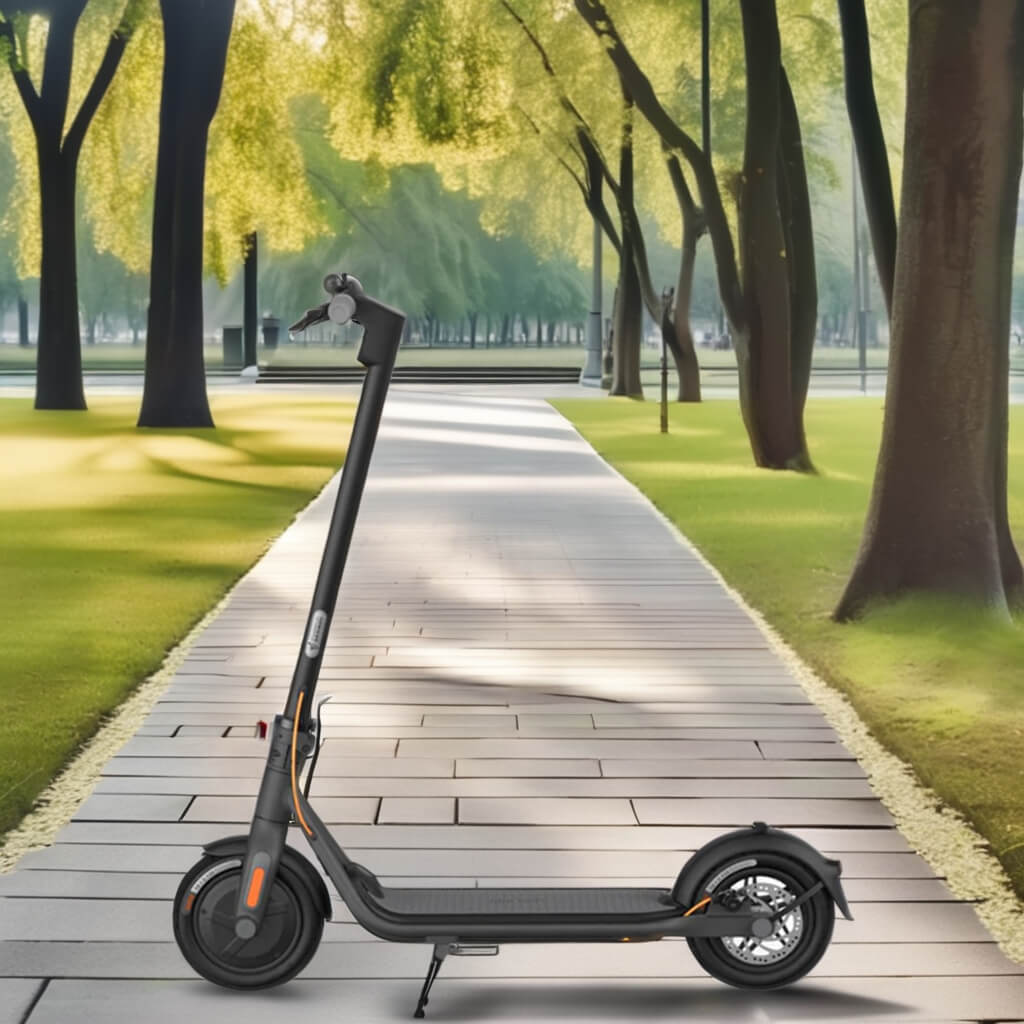
Case Studies
Integration of E-Scooters in Urban Mobility Systems
Various cities around the world have begun to incorporate e-scooters into their public transportation networks, aiming to create a more integrated and sustainable mobility ecosystem. This section highlights notable case studies that demonstrate successful integration strategies.
Oslo, Norway
Oslo has set an ambitious goal of achieving a zero-emission public transport system by 2028, and its strategy to incorporate micromobility, including e-scooters, has played a crucial role. Since launching its plan in 2018, the city has electrified its ferries, trams, and metro lines, and by 2024, aims to have 85% of bus kilometers covered by electric buses, resulting in a 95% reduction in CO, emissions from bus operations alone. The integration of city bikes into the Ruter app—Oslo’s journey-planning and ticketing platform—reflects a strong commitment to making sustainable travel choices more convenient. Collaborative efforts with private e-scooter companies like Voi, Tier, and Bolt have ensured that their services align with local regulations and urban mobility strategies.
Leeds, United Kingdom
A study conducted in Leeds explored perceptions of e-micromobility vehicles among university staff and students, revealing important insights into their potential usage and the associated safety concerns. The study highlighted conflicts between e-scooter users and non-users, largely stemming from issues of safety and urban space utilization. Non-users expressed strong safety concerns, citing risks of injuries and the erratic behavior of riders, while users faced challenges in sharing infrastructure, particularly pavements, to avoid unsafe road conditions. This study underscores the need for policies aimed at reducing safety risks and enhancing user experience within the e-scooter landscape.
Integration Challenges in Urban Spaces
The introduction of e-scooters has led to conflicts in urban areas, particularly concerning shared infrastructure. Users often navigate a ‘grey area’ of legality, leading to concerns about intoxicated riding and illegal pavement usage. As cities reconsider their mobility systems in the wake of COVID-19, there is an opportunity to rethink existing transport networks by integrating shared micromobility options effectively. Recommendations include prioritizing physical integration of e-scooter lanes with public transport stations and ensuring that these services complement broader sustainability goals.
These case studies highlight the ongoing efforts to integrate e-scooters into urban mobility frameworks while addressing safety and user experience challenges, thus paving the way for a more connected and efficient transportation future.
Impact on Urban Mobility
The integration of e-scooters into urban mobility systems represents a transformative shift in how cities address transportation challenges. As cities experience increased demand for flexible, reliable transportation options, especially during and after lockdowns, the opportunity arises to rethink existing mobility infrastructures and encourage a move away from car dependency. E-scooters, alongside other forms of micromobility, provide viable solutions for covering the first and last mile of trips, enhancing overall urban transport connectivity.
Environmental Benefits
E-scooters offer significant environmental advantages, primarily through their zero carbon emissions. Unlike gasoline-powered vehicles, which are major contributors to urban pollution, e-scooters contribute to cleaner air by replacing car trips, thus lowering greenhouse gas emissions. Research indicates that electric scooters can substitute a substantial number of car trips, further emphasizing their role in reducing urban carbon footprints. Additionally, they are noted for lower energy consumption compared to traditional vehicles, which contributes to more sustainable urban environments.
Integration with Public Transport
Successful integration of e-scooters into existing public transport systems is crucial for maximizing their impact on urban mobility. Cities like Oslo have demonstrated that embedding micromobility options within public transportation frameworks can facilitate a significant shift in commuter behavior, encouraging the use of eco-friendly transport modes. The challenge lies not only in the technical aspects of integration but also in understanding user behaviors and designing incentives that promote the use of e-scooters alongside other forms of transport.
Infrastructure Development
The effectiveness of e-scooters as part of urban mobility systems is closely linked to the adequacy of infrastructure. Cities are increasingly expanding bike lanes and creating scooter-friendly paths to enhance safety and encourage adoption. Addressing the infrastructural needs for micromobility is essential to mitigate potential safety concerns and ensure that e-scooter users have dedicated spaces to operate safely. Moreover, these developments support a more cohesive transport network that can effectively address urban mobility challenges.
Behavioral and Safety Considerations
While e-scooters present numerous benefits, safety remains a primary concern for users. Accidents can occur due to various factors, including inadequate infrastructure and lack of protective gear. Therefore, fostering a culture of safe riding through education and infrastructure improvements is vital. As manufacturers enhance safety features in e-scooters, and cities create supportive environments for their use, the potential for e-scooters to positively impact urban mobility increases significantly.
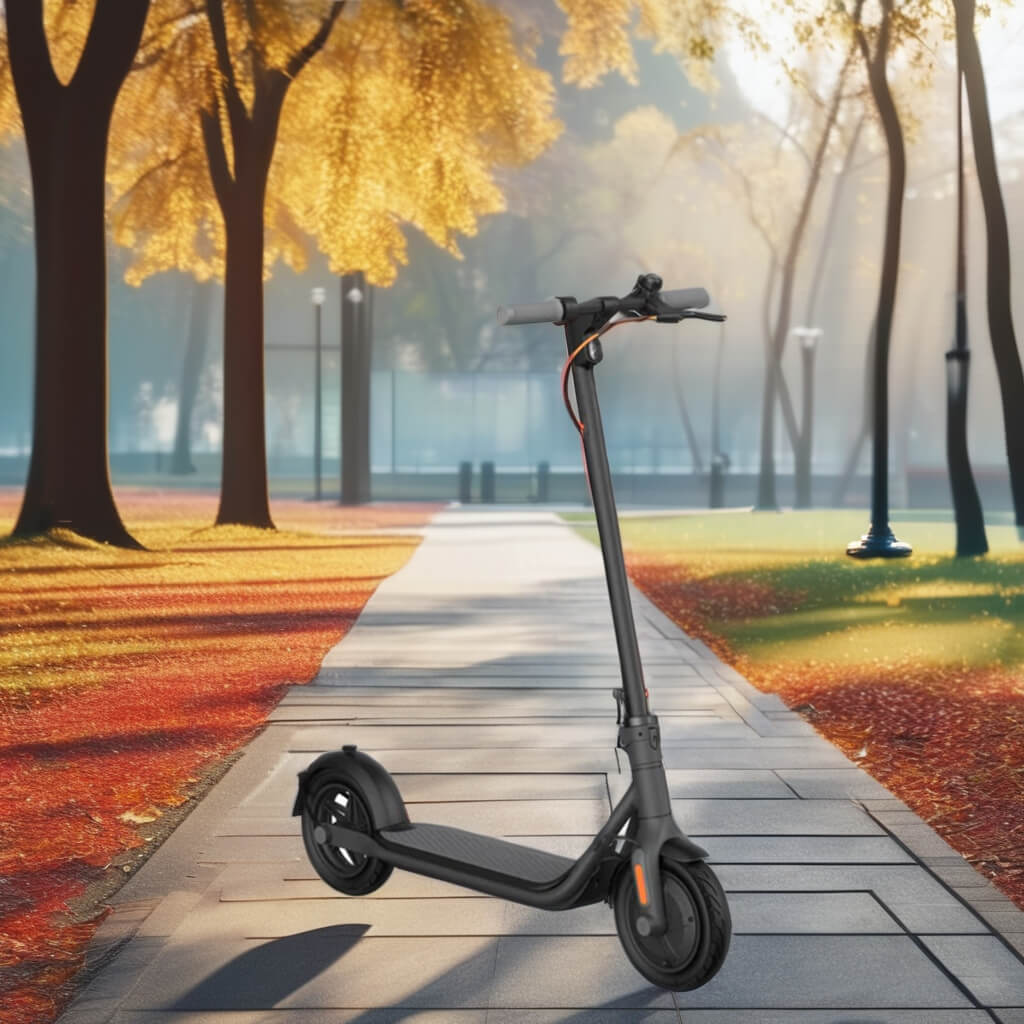
Future Directions
Sustainable Urban Mobility Initiatives
As cities grapple with the need for sustainable urban transportation, the integration of e-scooters into public transport systems presents a promising avenue for reducing reliance on private vehicles. Policymakers and transport authorities are urged to prioritize strategies that promote the use of e-scooters, alongside public transit, to reduce road congestion and minimize carbon emissions. The West of England Combined Authority (WECA) emphasizes sustainable transport policies aimed at decreasing private vehicle trips and encouraging active modes of transport, indicating a broader commitment to enhancing mobility in urban areas.
Infrastructure Development
For the successful integration of e-scooters into urban transport networks, significant infrastructure development is essential. This includes the creation of dedicated e-scooter lanes to ensure rider safety, ample parking facilities at transit hubs, and the implementation of updated zoning regulations to accommodate e-scooter storage. Enhanced urban planning will facilitate the safe and efficient use of e-scooters, which is crucial as their popularity continues to rise.
Technological Innovations
The future of e-scooters also hinges on technological advancements. The potential integration of autonomous technology into e-scooter design could significantly enhance safety and efficiency, enabling scooters to optimize routes and reduce the risk of accidents. Additionally, ongoing innovation in e-scooter battery technology is vital to address environmental concerns, particularly regarding battery disposal and lifecycle management.
Research and Policy Implications
Future research must address the socioeconomic factors influencing e-scooter usage and assess their well-being impacts on users. An expanded cost-benefit analysis framework that includes user well-being metrics alongside traditional efficiency and environmental factors could provide more comprehensive insights for policymakers. Moreover, understanding the spatial dynamics of e-scooter use can inform better planning and integration strategies within existing transport systems.
Environmental Impact Assessments
As e-scooter usage expands, continuous evaluation of their environmental impacts is necessary. Studies have shown that shared e-scooters can significantly reduce greenhouse gas emissions, depending on operational efficiencies and lifespan. Policymakers should prioritize initiatives that aim to enhance the sustainability of e-scooter fleets, thus ensuring that they contribute positively to urban climate goals.





